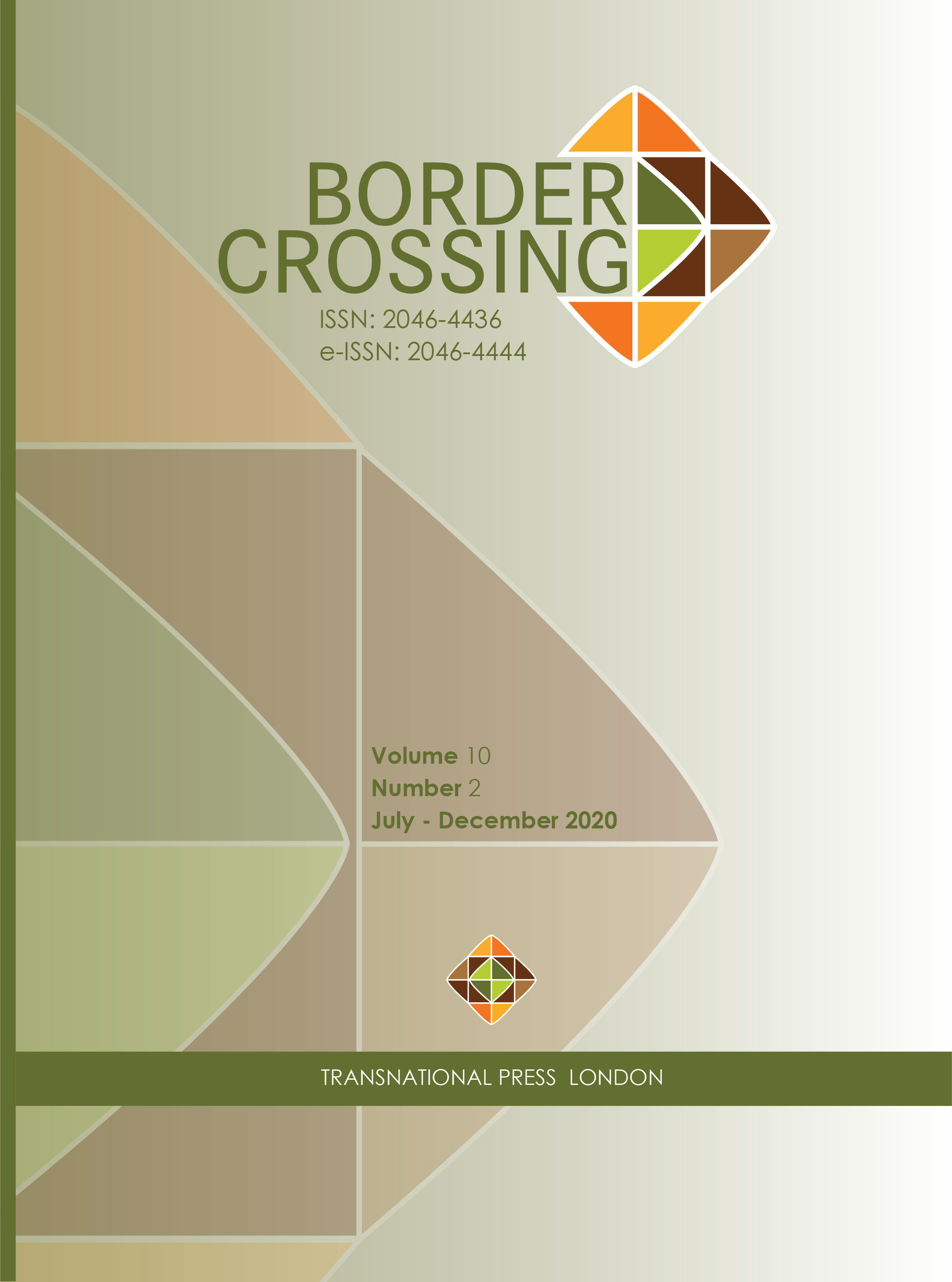Integration of Displaced Syrians in Saudi Arabia
Integration of Displaced Syrians in Saudi Arabia
Author(s): Emina OsmandzikovicSubject(s): Governance, Migration Studies, Ethnic Minorities Studies, Politics and Identity, Asylum, Refugees, Migration as Policy-fields
Published by: Transnational Press London
Keywords: refugees; displacement; migration; accommodation; reception; integration; Saudi Arabia; Syrians;
Summary/Abstract: The integration of displaced populations is primarily measured in singular variables. The focus mostly is on economic self-sufficiency or citizenship acquisition. The overall underperformance of the traditional relationship between displaced populations and their host-countries has given birth to a plethora of novel approaches. The idea is to reconcile the host-countries’ geo-economic interests with the needs of the displaced populations. This is also the case in some countries that are not signatories to the 1951 Refugee Convention and the 1967 Protocol, such as Nigeria, Malaysia, and Saudi Arabia. These countries have tried to integrate displaced populations in their national agendas, albeit with little input from the beneficiaries of such programs. As a non-signatory of the 1951 Refugee Convention, Saudi Arabia developed an alternative approach to the integration of displaced Syrians. It has demonstrated a wide area of coverage and adaptability, covering legal status, education, healthcare, employment, andsocial integration. This article provides an analysis of the government refugee programs, juxtaposed to topic modelling of semi-structured interviews conducted with displaced Syrians (n=21) within the Kingdom. The findings illustrate that, despite the comprehensive nature of the Saudi approach, which ensures socio-economic independence for displaced Syrians, the integration process from the viewpoint of the displaced populations suggest that integration remains a highly subjective and personal process.
Journal: Border Crossing
- Issue Year: 10/2020
- Issue No: 2
- Page Range: 91-110
- Page Count: 20
- Language: English

